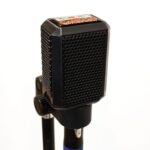Pitch Correct Like a Pro: Pitch correction has become an integral part of modern music production, allowing producers and engineers to fine-tune vocal and instrumental performances with precision and ease. However, achieving professional-sounding pitch correction requires more than just using the right tools. It demands a combination of technical skill, musical knowledge, and a keen ear for detail. In this guide, we’ll explore the key techniques and best practices for pitch correcting like a pro, helping you elevate your productions to the highest level of polished perfection.
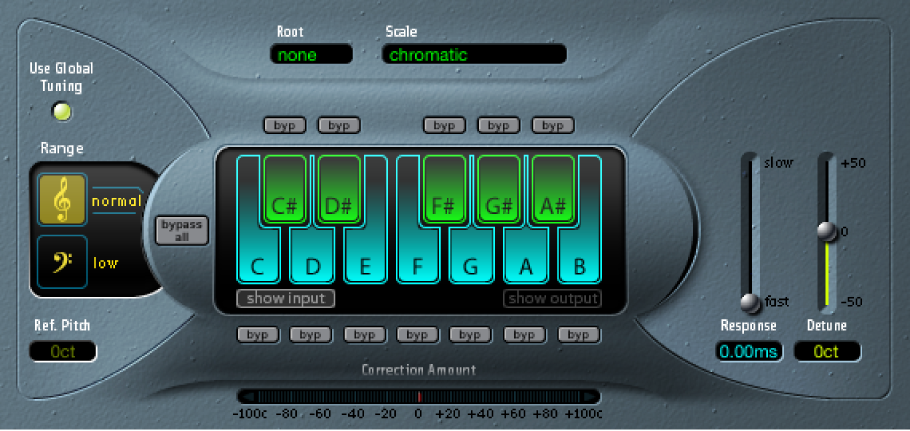
1. Choose the Right Pitch Correction Software
The first step in pitch correcting like a pro is selecting the right software for the job. Some of the most popular and powerful pitch correction tools include:
- Antares Auto-Tune Pro
- Celemony Melodyne
- Waves Tune
- Logic Pro X Flex Pitch
- iZotope Nectar 3 (with pitch correction module)
Each of these tools offers a unique set of features, algorithms, and workflows, so it’s essential to choose the one that best suits your needs and working style.
2. Understand the Basics of Pitch and Harmony
To pitch correct effectively, you must have a solid understanding of the fundamental concepts of pitch and harmony:
- Pitch: The perception of a sound’s frequency, which determines how “high” or “low” it is.
- Semitone: The smallest interval between two notes in Western music, equal to a half step on a keyboard.
- Scale: A series of notes arranged in ascending or descending order, forming the basis of a key or tonality.
- Harmony: The simultaneous combination of pitches, creating chords and supporting the melody.
Familiarize yourself with these concepts and how they apply to the music you’re working on, as this knowledge will guide your pitch correction decisions like a pro.
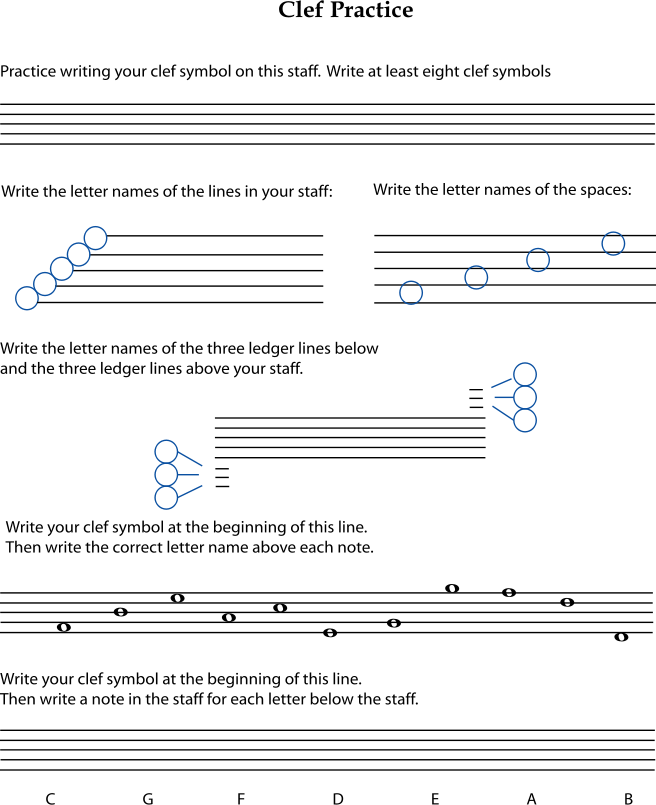
3. Identify the Key and Scale of the Music
Before diving into pitch correction, you must identify the key and scale of the music you’re working with:
- Listen carefully to the melody, chords, and bass line to determine the tonal center and overall tonality of the piece.
- Use your pitch correction software’s key and scale detection features, if available, to confirm your analysis.
- Set your pitch correction software to the appropriate key and scale to ensure that your corrections are musically accurate.
For More Knowlegde About Music Production
4. Use a Light Touch and Preserve Natural Variations
One of the keys to pitch correcting like a pro is using a light touch and preserving the natural variations and imperfections of the original performance:
- Avoid correcting every single note to perfect pitch, as this can result in a robotic or lifeless sound.
- Focus on correcting only the most egregious pitch errors, such as notes that are significantly out of tune or that clash with the harmony.
- Use your pitch correction software’s “humanize” or “natural vibrato” settings to maintain the organic character of the performance.
- Adjust the speed and strength of your pitch corrections to strike a balance between accuracy and authenticity.
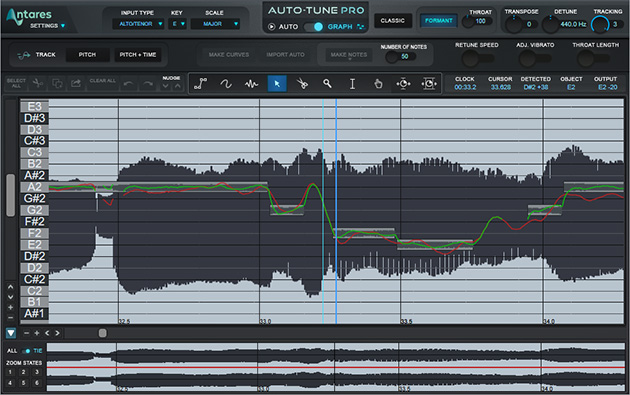
5. Employ Graphical Editing for Precision Control Like a Pro
Most professional pitch correction software offers graphical editing modes that allow you to make precise, note-by-note adjustments to the pitch and timing of your audio:
- Use your software’s graphical editing tools to zoom in on specific notes or phrases that require detailed correction.
- Adjust the pitch center, vibrato, and pitch drift of individual notes to achieve the desired intonation and expression.
- Use the editing tools to correct any timing or rhythm issues, ensuring that the performance is tight and in sync with the rest of the arrangement.
6. Apply Pitch Correction in the Context of the Mix
To achieve professional-sounding pitch correction, it’s crucial to apply your corrections in the context of the full mix:
- Listen to the pitch-corrected audio in solo mode, carefully scrutinizing each note and phrase for accuracy and naturalness.
- Make any necessary adjustments to the pitch corrections using your software’s graphical editing tools or macro functions.
- Unsolo the pitch-corrected track and listen to it in the context of the full arrangement, ensuring that it sits well in the mix and supports the overall musical vision.
- Make any final tweaks to the pitch correction settings, EQ, or effects to optimize the sound of the corrected audio in the context of the mix.

7. Know When to Leave Well Enough Alone Like a Pro
Part of pitch correcting like a pro is knowing when to leave well enough alone:
- If a performance is already emotionally powerful and musically compelling, even if it contains a few pitch imperfections, consider leaving it largely untouched.
- Trust your musical instincts and avoid over-correcting performances that already have a strong sense of character and authenticity.
- Remember that sometimes, the imperfections and quirks of a vocal or instrumental performance are what give it its unique charm and impact.
8. Continuously Refine Your Ear and Musical Judgment
Pitch correcting like a pro is an ongoing process of learning, experimentation, and refinement:
- Train your ear by regularly analyzing and comparing professional-quality recordings in various genres and styles.
- Study the pitch correction techniques used by top-tier producers and engineers, and try to emulate their approaches in your own work.
- Continuously challenge yourself to hear pitch and harmony more acutely, and to make more musically informed decisions in your pitch correction work.
- Stay open to feedback and criticism from other musicians, producers, and engineers, using their insights to improve your skills and refine your craft.
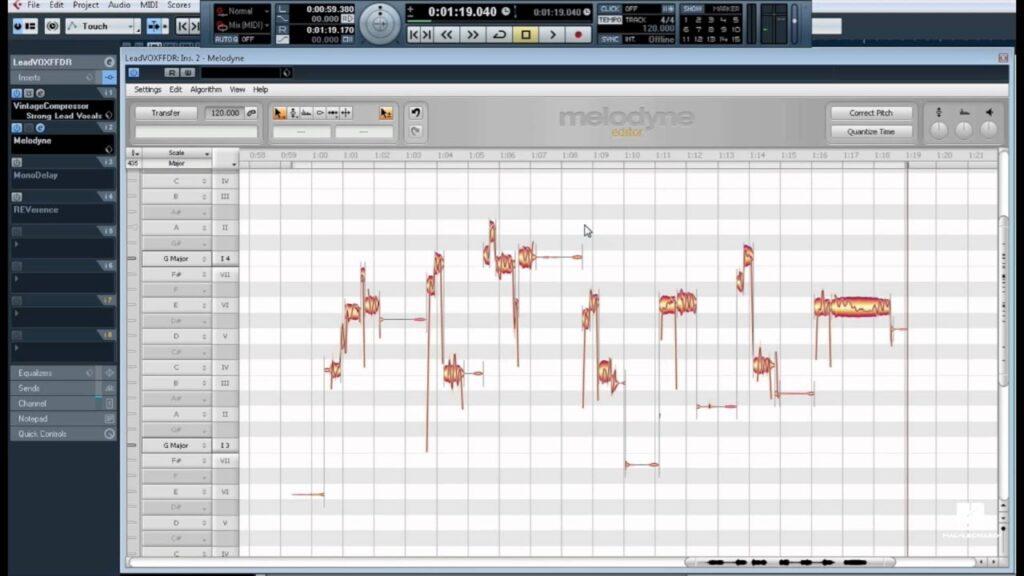
9. Like a Pro: Use Pitch Correction as a Creative Tool
In addition to correcting pitch errors, professional producers and engineers often use pitch correction software as a creative tool:
- Experiment with extreme pitch correction settings to create unique vocal effects, such as the iconic “T-Pain” or “Cher” sounds.
- Use your software’s harmony generation features to create lush, multi-part vocal arrangements from a single performance.
- Apply pitch correction to instrumental tracks, such as bass or guitar, to achieve perfectly tuned and synchronized performances.
- Embrace pitch correction as a powerful tool for creative expression, and don’t be afraid to push the boundaries of what’s possible.
10. Practice, Practice, Practice To Pitch Correct Like a Pro
As with any skill, the key to pitch correcting like a pro is consistent practice and dedication:
- Set aside regular time to work on pitch correction exercises and projects, honing your skills through repetition and experimentation.
- Challenge yourself to work with a variety of musical genres, vocal styles, and instrumental performances, expanding your range and versatility as a pitch correction specialist.
- Collaborate with other musicians, producers, and engineers to gain new perspectives and insights into the art of pitch correction.
- Continually strive to improve your workflow, efficiency, and musical judgment, always pushing yourself to achieve better results in less time.
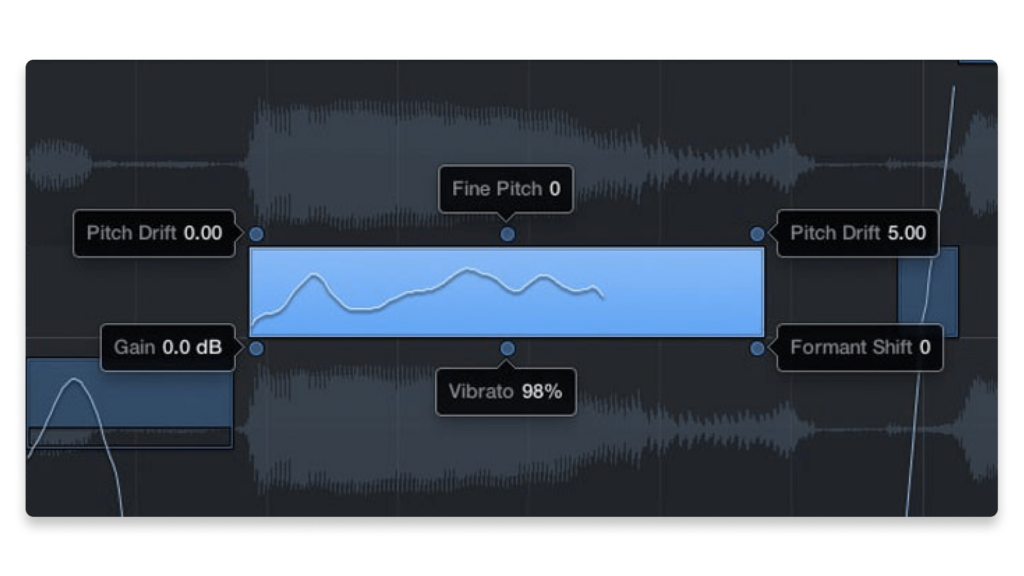
Conclusion: How to Pitch Correct Like a Pro
Pitch correcting like a pro is a complex and multifaceted skill that requires a combination of technical proficiency, musical knowledge, and creative vision. By following the techniques and best practices outlined in this guide, you’ll be well on your way to achieving professional-quality pitch correction that enhances the emotional impact and musical integrity of your productions.
Remember, the goal of pitch correction is not to eliminate every imperfection or to create a sterile, robotic sound, but rather to use the tools at your disposal to serve the music and the artist’s vision. With practice, dedication, and a commitment to continuous learning and growth, you’ll be able to master the art of pitch correction and take your productions to new heights of polished perfection.
Happy pitch correcting!


